In our hyper-connected world of constant notifications and endless to-do lists, finding spaces designed specifically for mental decompression has become not just a luxury but a necessity. Minimalist retreats offer more than just aesthetic simplicity—they provide environments where distraction falls away, attention deepens, and thoughts clarify naturally without forced effort. These destinations take the “less is more” philosophy beyond mere design trends to create transformative experiences.
Here is a list of 15 minimalist retreats that strip away complexity to help you rediscover simplicity.
Amangiri, Utah

Hidden among ancient sandstone formations, Amangiri achieves minimalism through perfect harmony with its dramatic desert surroundings rather than stark emptiness. The concrete structures use the same color palette as the surrounding landscape, creating spaces where boundaries between inside and outside blur completely. Rooms feature precisely three pieces of furniture—no more, no less—each handcrafted from materials sourced within 100 miles of the property.
The absence of artwork on walls forces attention to the ever-changing natural light patterns that transform concrete surfaces into dynamic canvases throughout the day. Even the swimming pool demonstrates restrained perfection, cut precisely into an existing rock formation rather than imposing an artificial shape onto the landscape.
Arctic Treehouse Hotel, Finland
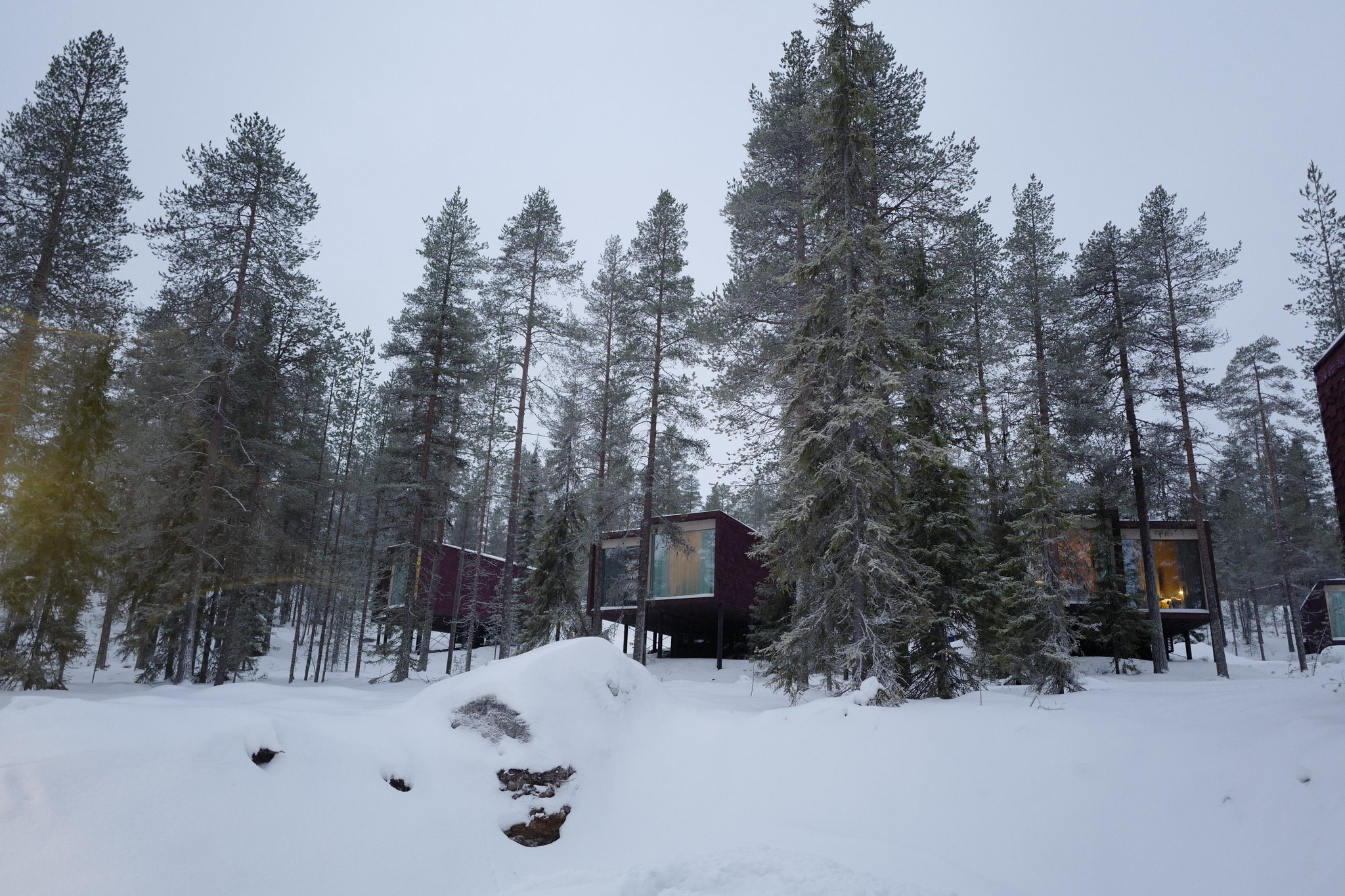
The minimalist approach at this Finnish retreat comes through ruthless editing of everything except the essential northern forest views that each pod-like accommodation frames perfectly. Interior color palettes consist exclusively of whites and natural wood tones that reflect rather than compete with the dramatic seasonal colors outside—summer’s midnight sun, autumn’s golden forests, and winter’s blue snow.
Furnishings hover just above functional minimalism without tipping into austerity, providing comfort without unnecessary elements that might distract from the surrounding Arctic nature. The property eliminated traditional hotel signage, using subtle lighting patterns in snow and discrete pathway designs to guide guests intuitively between spaces.
Like Travel Pug’s content? Follow us on MSN.
Hoshinoya Tokyo, Japan
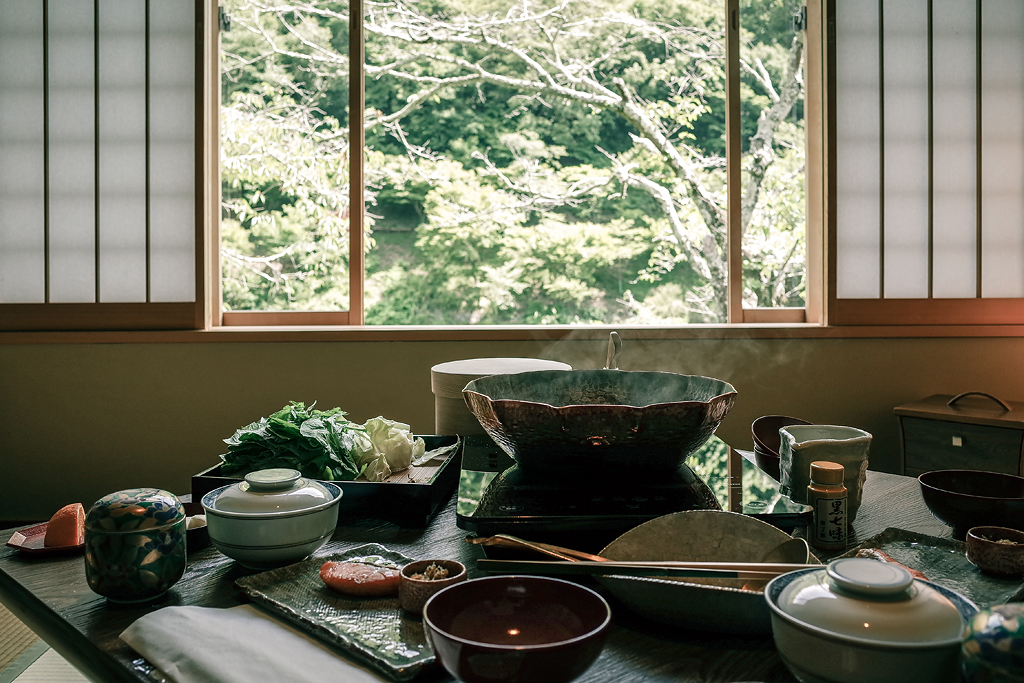
This urban ryokan applies traditional Japanese minimalist principles within central Tokyo, creating an unexpected sanctuary of emptiness amid one of Earth’s most densely packed urban environments. Each floor functions as a self-contained ryokan with common areas featuring tatami-floored lounges where nothing permanent occupies floor space—cushions appear as needed and disappear afterward.
Guest rooms embody the concept of “ma” (negative space) with asymmetrical emptiness that draws attention to carefully positioned single items—a seasonal flower arrangement or a perfectly proportioned tea set. Even the bamboo communal baths on the building’s roof are designed with restraint, focusing attention on the traditional bathing ritual rather than unnecessary luxury elements.
The Ranch Malibu, California

This wellness retreat embraces minimalism not just in aesthetics but in daily rhythm and engagement—no phones, no choices, no decisions beyond showing up for the day’s scheduled activities. The spare white cottages contain exactly what’s needed for deep sleep and nothing more, with interiors free from television, artwork, or decorative elements that might create mental chatter.
Meals follow similar principles—simple ingredients prepared without unnecessary complexity or choice overload, served in portions that satisfy without excess. This comprehensive approach to minimalism extends to the program itself—no optional activities or alternatives disrupt the carefully orchestrated daily flow designed to reset overstimulated urban nervous systems.
Juvet Landscape Hotel, Norway

Made famous by the film “Ex Machina,” this architectural marvel achieves minimalism through seven unique structures that function as observation platforms rather than traditional rooms. Each dark cube features floor-to-ceiling glass walls oriented toward specific landscape features, with interiors reduced to absolute essentials that never compete with views of rivers, forests, or mountains.
Furnishings in weathered natural materials recede from attention rather than demanding it, creating spaces where consciousness naturally expands outward rather than focusing on interior elements. The property’s most minimalist achievement lies in its near-invisibility—the structures reflect surrounding forests so effectively that they practically disappear when viewed from slight distances.
Like Travel Pug’s content? Follow us on MSN.
Tierra Patagonia, Chile
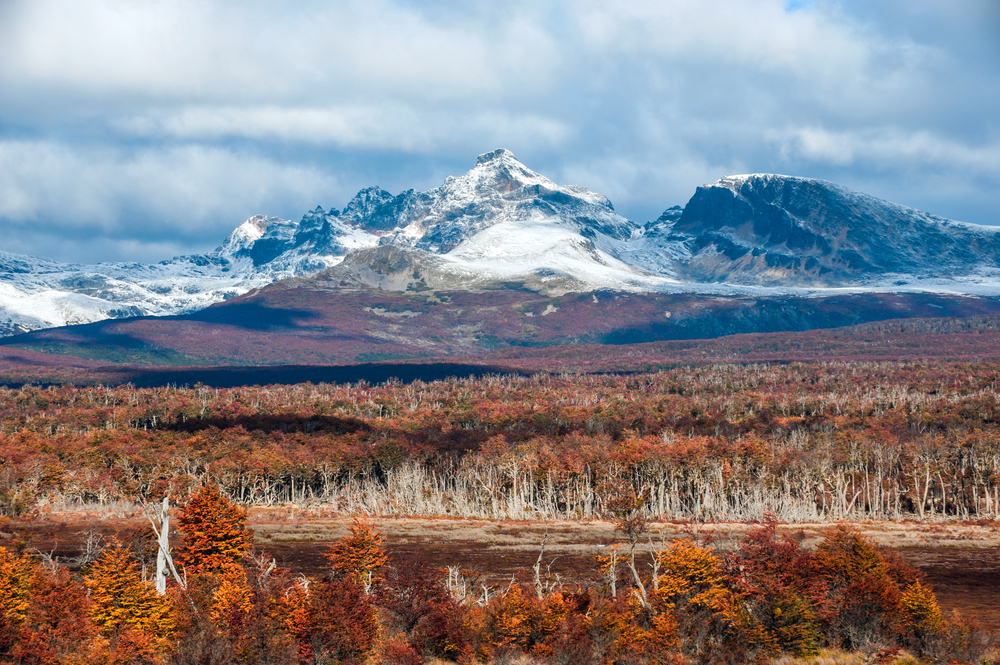
The curved wooden structure of Tierra Patagonia demonstrates minimalism not through stark whiteness but through obsessive reduction of anything non-essential to the Torres del Paine views that dominate every space. The building disappears into the landscape through its undulating form that mirrors surrounding hills and blends with native grasses growing directly onto sections of the roof.
Interior wood surfaces remain intentionally unfinished and untreated, allowing natural aging processes to continue throughout the property’s lifetime rather than freezing materials in artificial permanence. Even the activities program embraces minimalist philosophy—experiences focus exclusively on forms of engagement that deepen connection with the landscape rather than merely entertaining guests.
Sacromonte Landscape Hotel, Uruguay

This Uruguayan vineyard retreat features mirrored cubes that appear to float among grapevines while reflecting the sky and surrounding hills in constantly changing compositions. The front-facing mirrors create a disappearing effect that allows structures to vanish visually from certain angles, achieving the ultimate minimalist goal of presence without visual interruption of natural beauty.
Each cabin contains exclusively locally-made furnishings crafted from fallen timber found on the property itself, creating complete materialistic circularity. The restaurant applies similar principles to its menu—ingredients come exclusively from within sight of the dining room, eliminating complex supply chains and unnecessary food miles while creating hyperlocal flavor experiences.
Casa na Terra, Portugal

Buried partially underground in Portugal’s Alentejo region, this earthhouse achieves minimalism through subtraction rather than addition—removing visual presence almost entirely by integrating with the landscape itself. The circular skylight provides the only indication of human habitation from above, while the interior space focuses attention on the essential relationship between the sky and Earth.
Basic furnishings eschew decorative elements entirely, consisting exclusively of functional pieces crafted from materials that reference the surrounding landscape. The daily light cycle becomes the main event as sunlight traces patterns across curved concrete walls—a natural timepiece that connects inhabitants to planetary rhythms rather than artificial schedules.
Like Travel Pug’s content? Follow us on MSN.
Vipp Shelter, Sweden
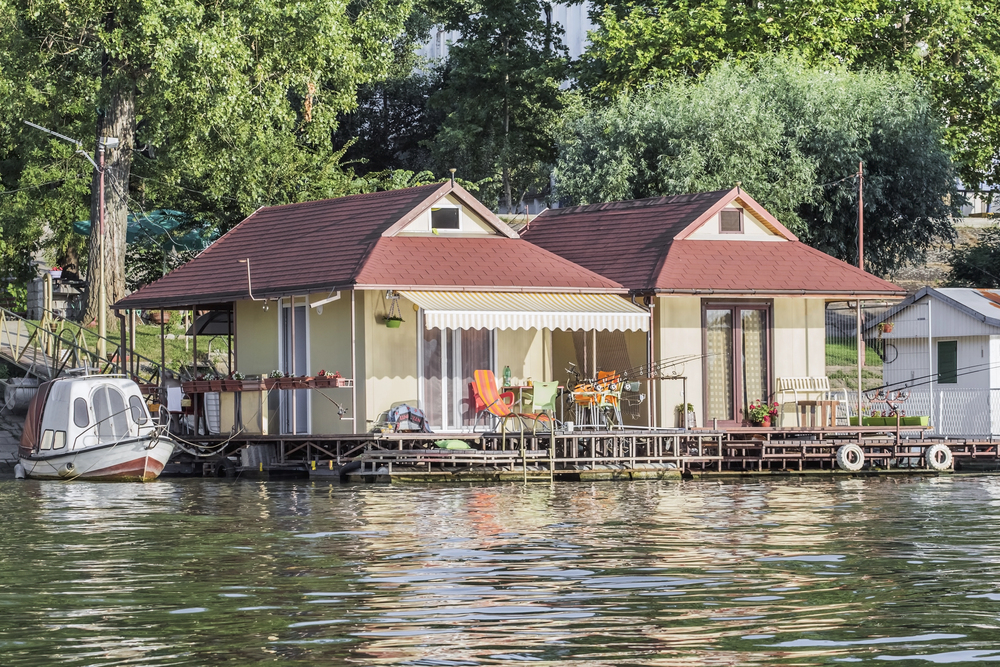
This prefabricated steel structure represents industrial minimalism refined to its essence, providing exactly 55 square meters of functionality without a single decorative element that doesn’t serve a purpose. The monochromatic black exterior disappears against forest shadows while the interior features precisely seven materials throughout—steel, aluminum, oak, leather, ceramic, stone, and glass combined in considered proportions.
The entire structure can be assembled in four days and theoretically disassembled just as quickly, embodying minimalism through non-permanence despite its robust construction. Even the kitchen, designed by a company known for trash can production, demonstrates functional minimalism with industrial components arranged for perfect workflow within absolute minimum space requirements.
Explora Atacama, Chile

Located in the world’s driest desert, Explora Atacama achieves minimalism by emphasizing vast emptiness rather than trying to fill it with unnecessary luxury. The white adobe structures echo traditional local building techniques while providing a cool respite from the intense desert sun without technological complexity or energy-intensive systems.
Room interiors contain zero artwork, allowing walls to function as blank canvases that capture the ever-changing light conditions of the Altiplano. The property maintains its observatory with precisely positioned viewing platforms that frame specific celestial events throughout the year, creating a focused appreciation of cosmic phenomena without distracting elements.
Amanemu, Japan
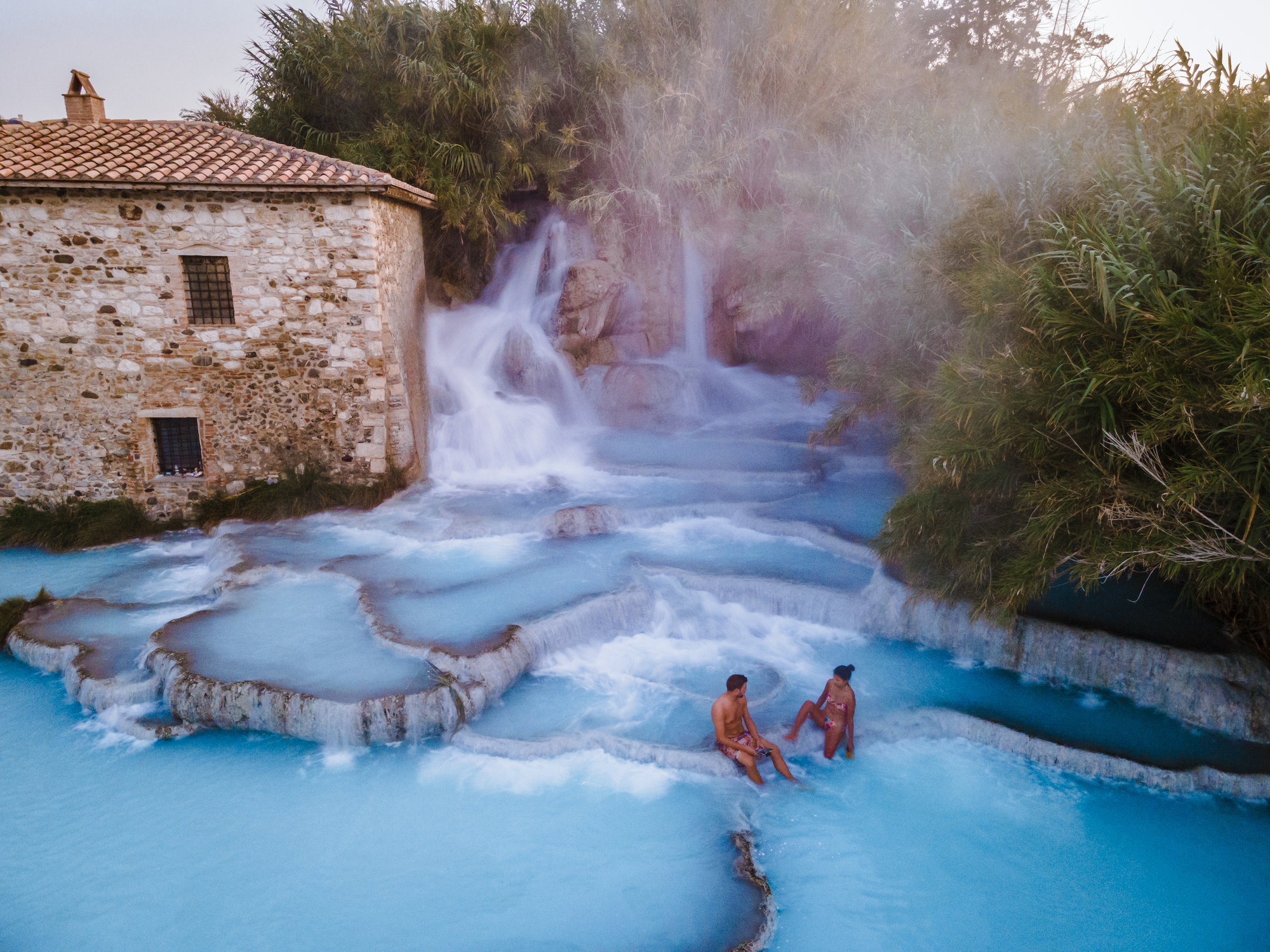
This Japanese hot spring retreat applies minimalist principles through elemental focus—wood, water, stone, and space combined in proportions that achieve perfect balance without excess. Each suite contains exactly one artistic focal point positioned for morning viewing from bed—typically a natural stone selected for unique characteristics that reward sustained attention.
The omnipresent sound of flowing water provides the only constant background element, eliminating the need for artificial sound masking or entertainment systems that might distract from the natural healing environment. Even the traditional Japanese meals follow minimalist principles with precisely portioned bites arranged to emphasize seasonal progression rather than abundance.
Like Travel Pug’s content? Follow us on MSN.
Zmar Eco Resort, Portugal

This Portuguese eco-camp achieves minimalism through modularity and multifunctionality rather than luxury reduction. The wooden pod accommodations contain fold-away furnishings that transform spaces throughout the day, eliminating unnecessary duplication and reducing required square footage without sacrificing comfort.
The property’s ecological approach extends minimalist thinking to resource consumption—rainwater harvesting, solar power, and passive cooling systems eliminate complex infrastructure while reducing environmental footprint. Even the activities program embraces minimalist principles with experiences focused on direct engagement with natural surroundings rather than elaborate constructed entertainment that would create unnecessary complexity.
Fabriken Furillen, Sweden

Located in an abandoned limestone factory on remote Gotland Island, this industrial conversion embraces honest minimalism through preservation rather than renovation. The concrete structures remain intentionally unpolished, celebrating industrial heritage through material authenticity rather than cosmetic transformation.
Rooms feature military surplus furnishings and industrial artifacts repurposed without decorative embellishment, creating spaces that speak honestly about their origins and function. The restaurant extends this philosophy to its menu, serving exactly four dishes daily based exclusively on what’s available within walking distance—a culinary minimalism that creates a profound connection to immediate surroundings.
The Outpost Lodge, South Africa

Perched high above the Luvuvhu River, this South African eco-lodge achieves minimalism by eliminating walls—each unit features three solid sides, with the fourth completely open to the surrounding wilderness. This radical approach removes barriers between guests and the environment while reducing material usage to absolute minimum requirements for structural stability.
Furnishings consist exclusively of locally crafted pieces made from sustainable materials, with nothing imported or artificial interrupting the visual connection to surrounding nature. Even bathroom fixtures demonstrate minimalist thinking—stone basins carved from single blocks require zero adhesives or joins while referencing ancient African water vessels.
Like Travel Pug’s content? Follow us on MSN.
The Muji Hotel, China

Created by a brand famous for minimalist home goods, this Shenzhen hotel represents the ultimate expression of the “just enough” philosophy applied to hospitality. Each room contains exactly 32 items—no more, no less—each serving a clear purpose without redundancy or purely decorative function.
The property eliminated traditional hotel systems, replacing room service with self-service stations on each floor and removing unnecessary communication layers between guests and services. Materials throughout demonstrate minimalist principles through honest presentation—concrete remains visibly concrete rather than disguised as something else, and wood shows natural grain patterns without staining or artificial enhancement.
Beyond Simplicity

These minimalist retreats remind us that true luxury often comes not from accumulation but from thoughtful subtraction. By eliminating unnecessary complexity, these spaces create environments where attention naturally settles, thoughts clarify, and perspective shifts.
The most successful minimalist properties understand that their value lies not in what they add to your experience but in what they deliberately remove—creating the increasingly rare opportunity to rediscover simplicity in our overwhelmingly complex world.
More from Travel Pug

- Cities Growing so Fast You Won’t Recognize Them in 10 Years
- 13 Destinations Where Tourists Regularly Regret Their Trip
- 20 Obscure WWII Sites Even History Buffs Don’t Know About
- 10 Under-the-Radar Mountain Towns That Are Both Affordable and Beautiful
- Remote Villages in Europe Where You Can Live for Free in Exchange for Work
Like Travel Pug’s content? Follow us on MSN.
